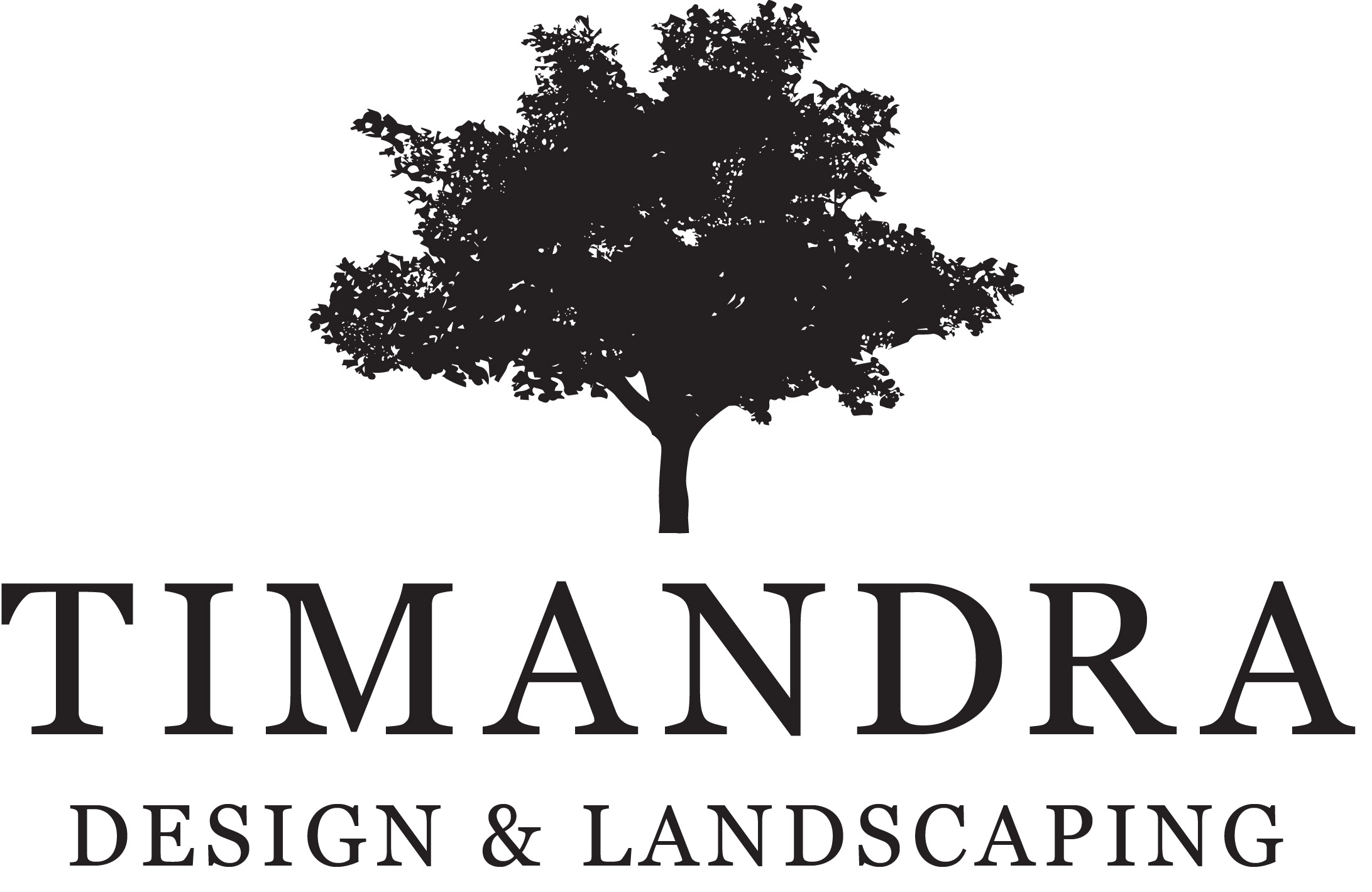Did you know that the environmental impacts of concrete are out of control and that the carbon dioxide produced from the production of concrete are high on the list for fossil fuel emissions? Did you also know that concrete is the second most consumed substance on earth after water?
Composed of primarily cement (a powdery substance derived from the process called calcination where calcium carbonate decomposes to form calcium oxide and carbon dioxide) and clay, when mixed with water, sand and gravel, it creates concrete.
The first law of thermodynamics states that energy production needs to be curbed if we believe the law of conversion of energy. With this latter law, energy can be transformed from one form to another, but is unable to be created or destroyed. In other words, the energy of this isolated system remains constant. Therefore without access to an external energy source, there is not an unlimited amount of energy available.
We are currently using the available energy at a rapid pace. It cannot continue. Fossil fuels are definitely a problem, but so is concrete production. Cement manufacturing is highly energy – and – emissions intensive because of the extreme heat required to produce it. It also releases a significant amount of CO2.
Concrete is used throughout the building industry for homes and commercial premises. It is the most widely used building material because of its strength in many situations. So if this use continues, then the external element, within gardens, needs to be considered. Is this outside use appropriate?
If retaining walls are required, in my area, Cypress Pine is a wonderful product sold as sleepers, as an alternative to rendered concrete retaining walls or garden boxes. Its longevity is around 100 years I have been told and it is naturally bug resistant so has none of the toxins as does treated pine. These sleepers can then be used as the retaining wall. Old fashioned? Is there a problem with this, if it is in sync with nature? There is, in my opinion, no place for concrete. I don’t need to use concrete in my designs, because I work with nature and use what is naturally occurring.
Another form of retaining is where a site has naturally occurring large rocks or boulders that require only small machinery to move them in to place. Anything that requires cranes or large machines should be totally avoided, because these machines are destroying the natural ecology of a site. This is unsustainable practice. These rocks can be placed in judicious spaces along a slope to help bind the soil, in conjunction with appropriate plants that act as soil binders. Small rocks can be used here to help hold the soil while the plants are young. And when the path is taken across the slope, the steepness is considerably reduced. The rocks then become a feature within the curves of the path.
The continuous use of concrete is strongly atypical of a normal, sustainable garden – it is not clever garden design; it increases the project cost considerably – it is unnecssary especially considering the environmental impacts. And this style of landscape design by Landscape Architects and Landscape Designers is becoming the norm. Clients are asking for gardens with raised garden beds, usually rendered concrete, on flat sites, which is a worry. People need to be made aware of the negative impacts of this extensive use and stop requesting it; they also need to use Landscape Architects and Designers who are aware of environmentally sensitive issues.
The right way to design a garden, and this is my opinion, but it wins awards, is to suit the plant to the site and soil. Not modify the soil to suit the plant that you want to grow. It’s the same as a person wanting to grow Camellias where they have alkaline soil. The naïve will try to change the pH of the soil by adding sulphur or peat – this is a very slow process. Why not put the Camellia in a pot where the soil can be regulated properly? And then put a plant in the ground that is suited to that position – and it should thrive!
According to the Concise Oxford Dictionery, a ‘garden’ is ‘a piece of ground devoted to growing flowers, fruit or vegetables’. There is no mention of rendered, raised planter boxes or concrete en masse. A garden is about plants.
As a Designer there are so many more sustainable alternatives to concrete – its just a matter of changing direction and taking the client with you. If you have a passion, and confidence in what you are talking about, the client will respect the advice when sustainable alternatives are suggested and why.
We all really need to start becoming more aware of the excessive use of concrete. And it is excessive. We need to start the conversation with others about this worldwide problem – it has to stop. We are all now fully aware of the impacts of fossil fuels, with the exception of those who lack any capacity for common-sense, so we need to make the world more aware of the effects of concrete. It is a major global problem that, in my opinion, needs addressing now.
Alison Aplin
